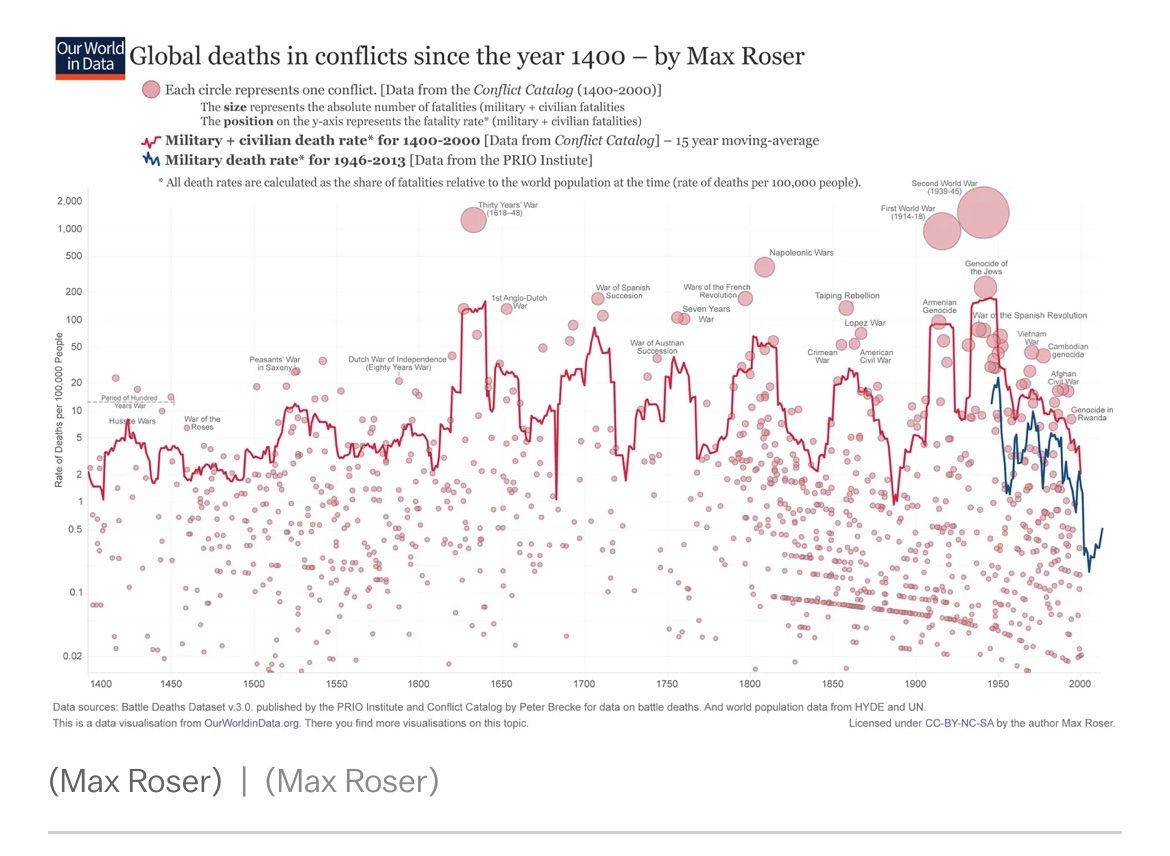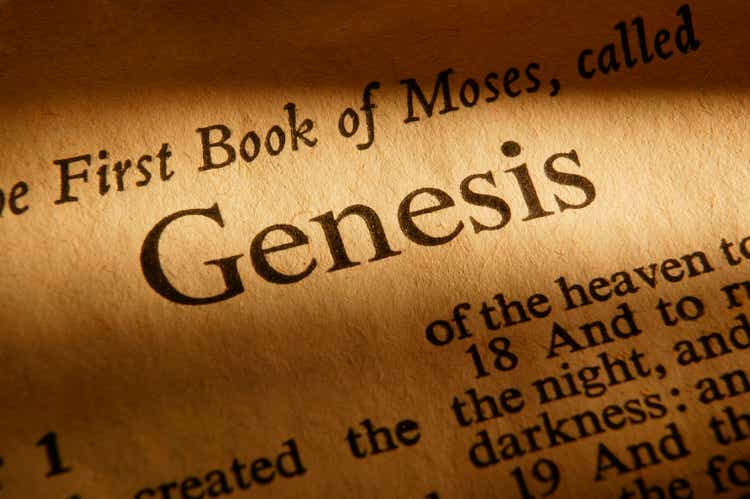Introduction:
Singapore Airlines is a widely well known airline service. Offering both full service carriers (SIA) and low cost carrier(Scoot) both of which the parent company wholly owns.
Revenue:
SIA FY21/22 Revenue Y/Y Growth stood at 99.55% mainly because 2020's revenue was very weak and huge steps towards lifting of covid restrictions were made in 2021.
The airline industry is expected to be growing at slightly more than the RFR at a CAGR of 3.1% (SOURCE)
I forecast that revenue will continue making leaps towards recovery, recovering back to 2019's level by end 2024. (SOURCE)
Revenue's Y/Y growth likely to start tapering down at a fast rate, by 2027 Y/Y growth reduced to 10% from 2022's 30%. And by 2033 growing at 3%
Margins:
As of FY21/22 financial report, the top 5 cost accounting for 81% of overall cost faced by SIA, fuel accounted for 32.7% of this. The problem is further exacerbated as fuel prices are elevated due to the Ukraine War.
In the best case scenario when aviation industry normalizes by 2024, the price of fuel will do the same. Allowing margins to return to the normalcy.
To improve margins, airlines have to innovate in the form of electronic planes, even more digitalization or more efficient management.
However, elaborating on the electronic planes they may be a distant pipe dream.
“hybrid electric 50- to 70-seater planes could be in service within a decade.” (SOURCE)
“In order for electric planes to play a more significant role in decarbonizing air travel…could require novel types of batteries to reach commercialization.” (SOURCE)
But, I'm hopeful as cars undergo decarbonization, the next biggest elephant in the room is aviation. Decarbonization for cars is complete by 2030 in most countries so I'm hoping that with more attention given to airplanes by then their margins is able to improve as fuel costs are better managed.
Optimistically, I forecast that margins will return to normalcy i.e. 2016 and 2017 level by 2025 and improve towards 6.5% in 2029. By 2030 margins improve to 7% and 2034 margins improve to 8% before plateauing.
Taxes:
I assume that NOL will carry forward for 3 years, before being taxed at the Singapore corporate marginal tax rate.
I forecast that, taxes will be -26% similar to 2021 with NOL carried forward for 3 years. Tax rates will be 17% from 2026 onwards.
Assumptions:
D&A,
nominal D&A will be back up to 2019 level by 2024. Before plateauing back down to 11% wrt revenue slightly above the normal levels wrt revenue in 2016-2018.NWC,
NWC wrt revenue was abnormally high for 2021 and 2022 due to “Increase/(Decrease) in trade and other creditors” and “Increase/(Decrease) in sales in advance of carriage”
So I forecast that till normalcy at end 2024, normalizing back to the average of 2016 till 2019.
As NWC fluctuates positive and negative for different years, I've taken the average 2016 till 2019 and forecasted NWC at 0.33% from 2026 onwards.CapEX,
nominal CapEX will be back up to 2018-2019 level in 2024 and remain elevated as the company researches on electronic planes and increases its services before tapering down to 12%.
WACC:
RFR is taking Singapore's 10Y bond yield at about average 3.1% using last 3 months of data (SOURCE) ERP taken at 6.66% using last 3 months of data (SOURCE)
Beta is taking Damodaran's Industry average of 1.42 (SOURCE)
COE = 12.56%
Share price taking last 6 month average at $5.595 per share.
Shares outstanding is at 2977.54M as of 21/22 financial statement
Equity Value at 16659.34M
Inclusive of my lease as liability. My total liability is 15694.80M
COD = RFR + YTM = 7.53% (SOURCE)
Tax Rate = 17%
%EQ = 51.5%
WACC = 9.50%
DILUTIVE EFFECT:
I'm unable to actually place a value on SIA due to their first 5 years of forecast burning a large amount of cash, their negative UFCF was far too large, which lead to a negative EV.
So, I removed those negative cash flows and only considered the positive cash flows, in turn to finance these negative cash flows I looked at 2020 and 2021 methodology of equity financing (Sale of Mandatory convertible bonds, all assumed to be equity).
2020 (6196.8M raised divided by average share price in 2020) = 1164.81M shares issued
2021 (8829.2M raised divided by average share price in 2021) = 1907.04M shares issued
I took the average and assumed that the next 5 years of negative cash flow is covered by an increase in shares outstanding by HALF the average of the two numbers in 2020 and 2021.
Reason being: When lockdown first hit SIA, the CEO raised 15B which he said might be a little excessive. So, we can't assume that they need another 15B for the next 5 years of forecast.
the CEO also mentioned they were burning cash at 300M-400M/month, In a year about 1.2B, so in 5 years about 6B. So 6B is covered by about 767.96M shares issued.
So, my total shares outstanding went from 2997.54M to 3745.5M
Conclusion:
Ultimately, the survival of the airline industry as a whole is dependent on them figuring out how to improve margins and not get wiped out by the next market wide event like covid.
The airline industry is in a unique spot where the services they provide is unique, no other services allows you to quickly get from one country to another within the span of a day or less.
But airlines are also homogenous from each other so there isn't a clear winner and everyone operates on normal profits.
So, I really can't see a future where margins are able to significantly improve or demand is able to skyrocket improving revenue.
SIA is unlikely to get wiped out by the next event, as it has strong history of government backing. And it being the pride of Singapore. SIA is overpriced based on projected cash flows, price calculated for SIA is $0.45
Picture of my EXCEL: https://imgur.com/a/kFI8sVC
submitted by /u/Hanzoisbad
[comments]
Source link
















